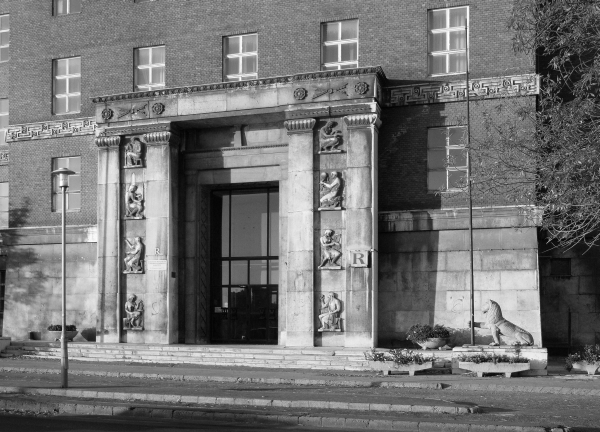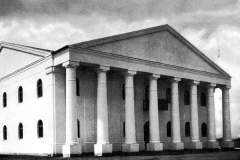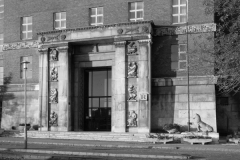Individualist Hungarian Social Realism
An Invisible Story
Text: Ádám Sylvester
After the war the vast number of construction and building projects required large architects’ offices run by the state. Most of the young professionals had not yet been hostile to this, and construction became a most important factor, which policy focussed on intensely, and it has also turned into a field for the so-called progressive intellectuals. Private design had ceased to exist, but it was quite realistic to work in the large offices, which actually evolved into genuine intellectual workshops. However, in 1951, as it was predictable, Moscow instructed Hungary to introduce the new official style referred to as socialist realism. According to the compulsory ritual, an absurd imaginary „architectural” debate was organized as an introduction, with a pre-defined conclusion. Its characters, Máté Major and János Bonta discussed in the pre-fixed cast how differently a capitalist and a socialist architect would design the seaside port building of Moscow. Soon after the founding ceremony of the Association of Hungarian Architects was held in the National Museum. The speeches delivered there made it clear that this body of architects was created with the single aim to support socialist realist architecture and to propagate it at the university department. Within the framework of MÉSZ the very first Master School was launched to prepare at a postgraduate level for the cultivation of the new style.



